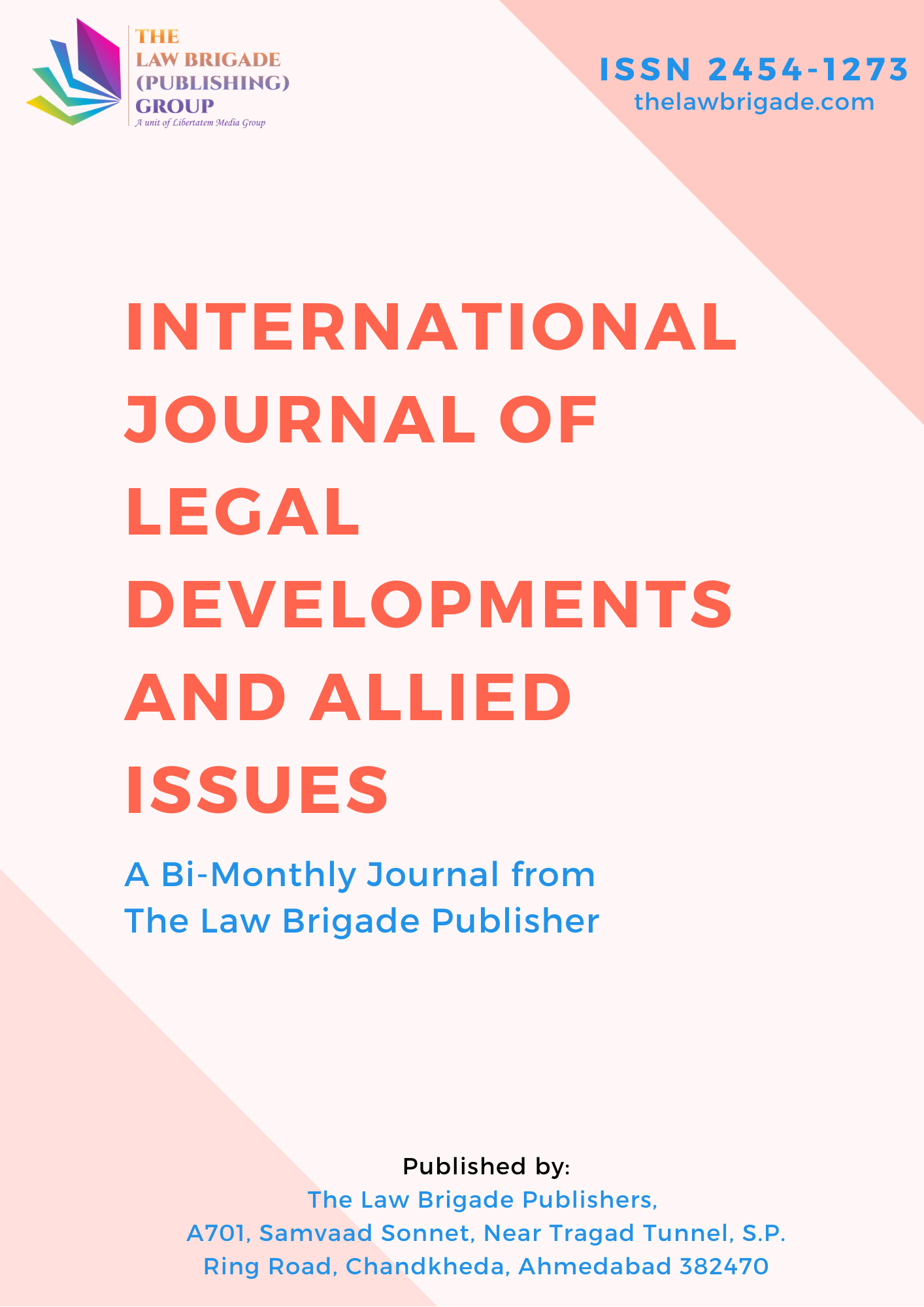The impact of colonialism on India resulted in the destruction of many indigenous institutions, notably the Panchayats, and the replacement of the philosophy of arbitration and conciliation with that of adjudication, which made the construction of adversarial-style courts of law necessary. Indigenous administration, which covered not only conflict resolution but also other facets of public administration, was best exemplified by Panchayats, traces of which may still be seen in our social order. Despite the need, India was unable to explore any other approaches, but other democracies like the US were compelled to use techniques like plea bargaining, arbitration, etc. In order to collect taxes effectively, the mix of administration and adjudication that was the characteristic of colonial administration was used. The effectiveness of the system in preserving law and order in the society was impacted by this strategy.
India has a long history of using consensus and conciliation to resolve disputes. India was compelled to use ADRs as a result of the requirement to handle the growing amount of litigation. A docket explosion that still haunts us as a result. The study’s main objectives are to determine how well India’s ADR system works to reduce the backlog of cases in the courts and to offer specific recommendations for developing a robust institutionalised ADR process in India. This paper presents the ADR phenomenon with a specific focus on policy-making and regulatory problems in India. It argues that the current regulatory framework for alternative dispute resolution.





